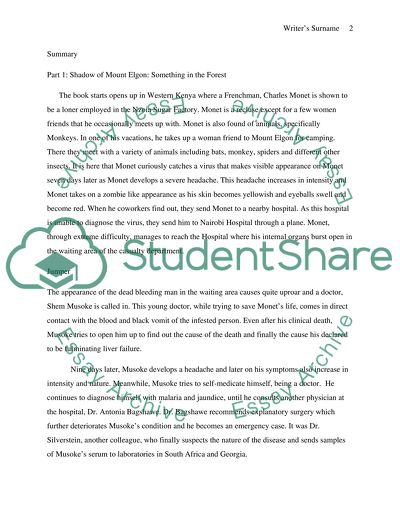Cite this document
(“Community Health Book Report/Review Example | Topics and Well Written Essays - 2500 words”, n.d.)
Community Health Book Report/Review Example | Topics and Well Written Essays - 2500 words. Retrieved from https://studentshare.org/health-sciences-medicine/1479385-community-health
Community Health Book Report/Review Example | Topics and Well Written Essays - 2500 words. Retrieved from https://studentshare.org/health-sciences-medicine/1479385-community-health
(Community Health Book Report/Review Example | Topics and Well Written Essays - 2500 Words)
Community Health Book Report/Review Example | Topics and Well Written Essays - 2500 Words. https://studentshare.org/health-sciences-medicine/1479385-community-health.
Community Health Book Report/Review Example | Topics and Well Written Essays - 2500 Words. https://studentshare.org/health-sciences-medicine/1479385-community-health.
“Community Health Book Report/Review Example | Topics and Well Written Essays - 2500 Words”, n.d. https://studentshare.org/health-sciences-medicine/1479385-community-health.


